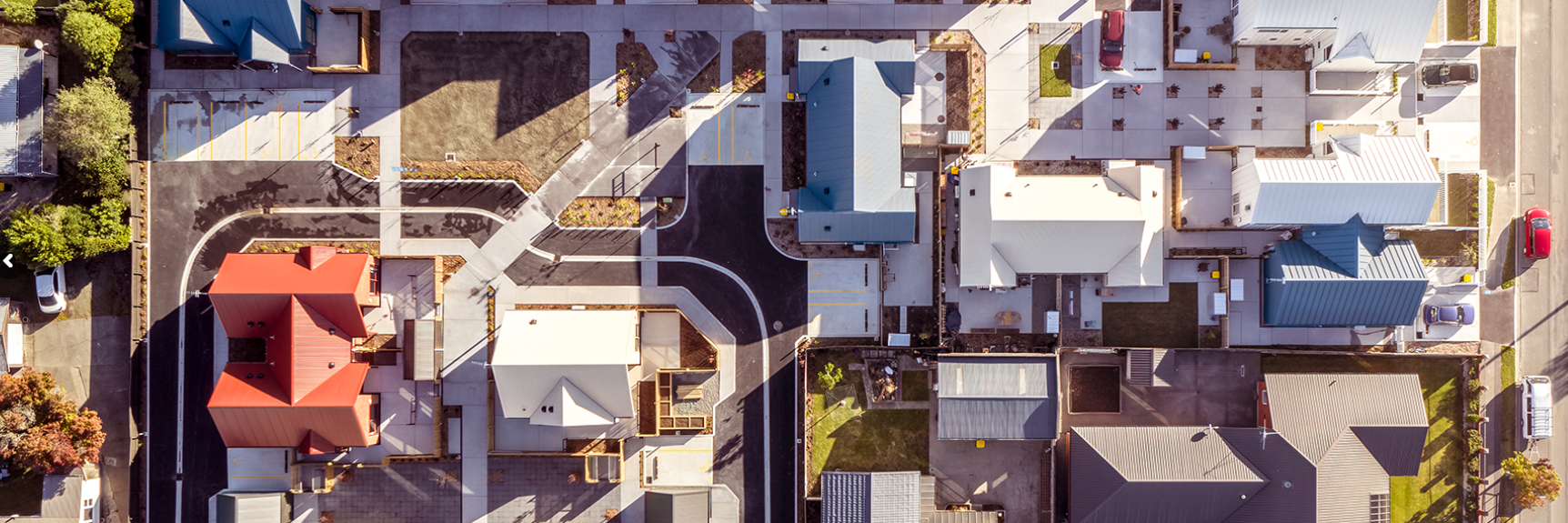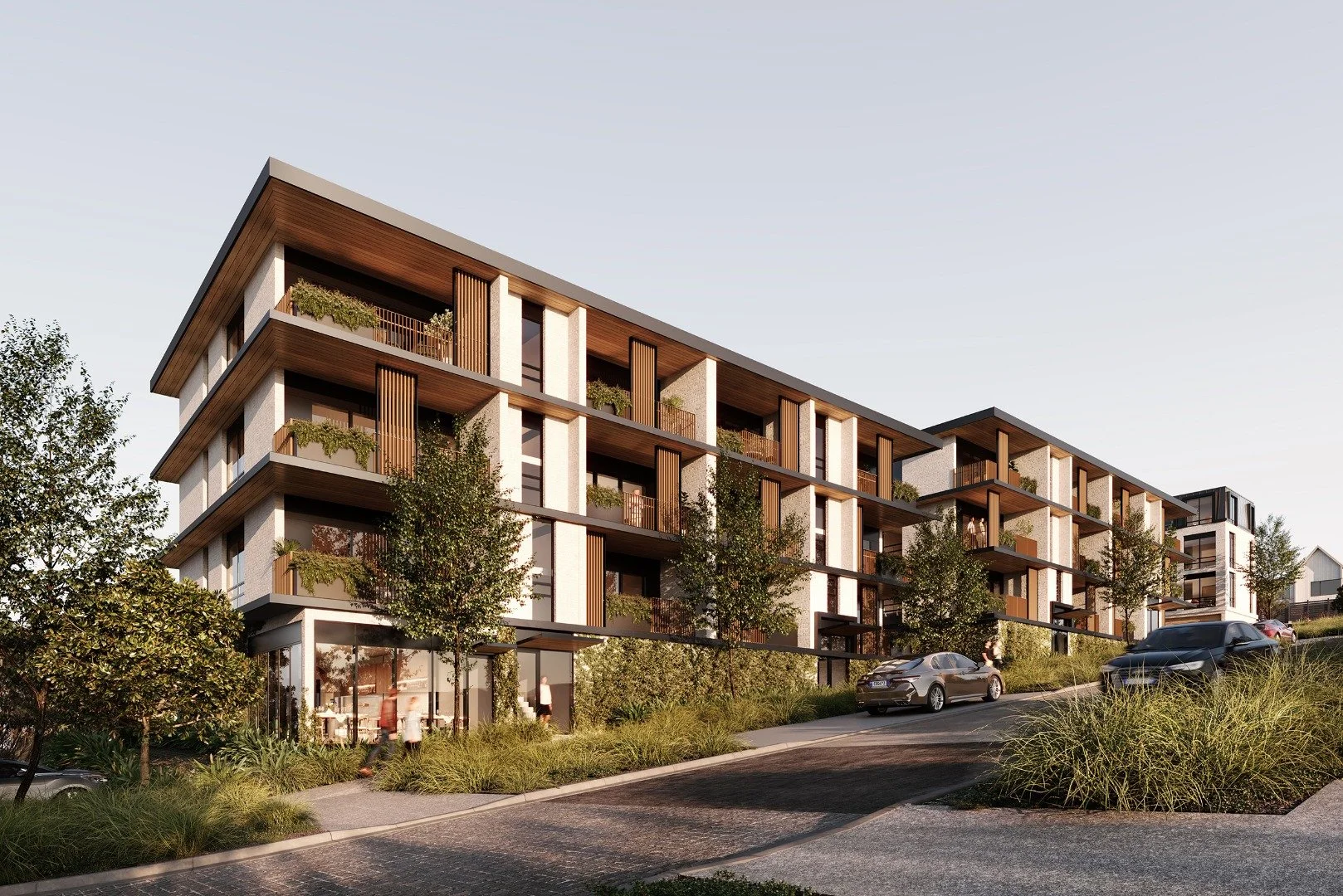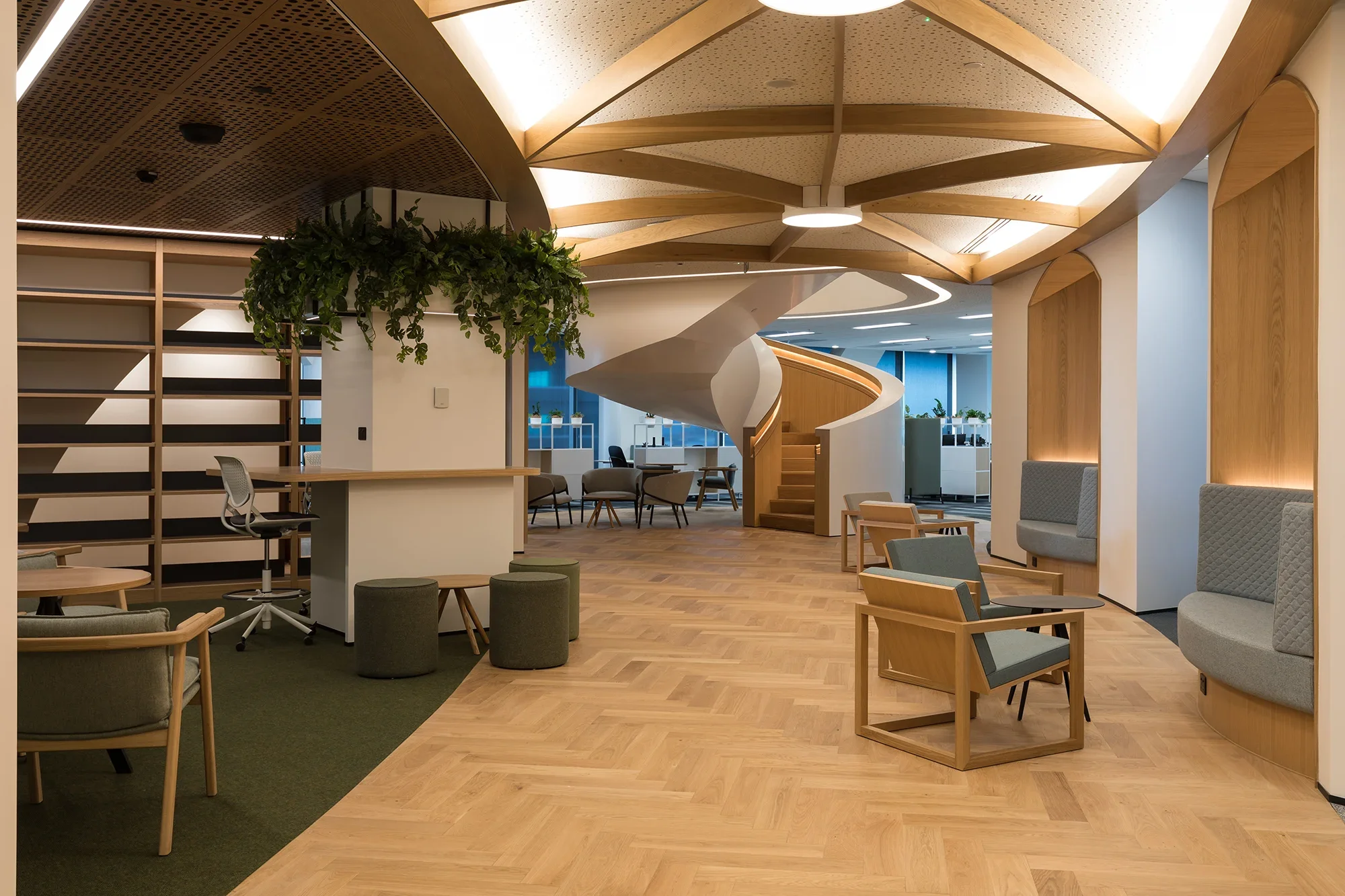We champion better buildings, because better buildings make for better lives.
Our clients are the most important part of our business. We take pride in delivering to the highest standard, always focused on achieving the best overall value through a clear understanding of our clients’ business and their critical deliverables.
Over the past 20 years, Hampton Jones has built a strong reputation for successfully delivering projects of diverse complexity and scope. Many of our team members have worked on projects of significant scale and complexity.

We partner with our clients as their trusted building consultant, delivering strategic advice and expertise that empowers informed decision making and long-term value.
-
We offer expert advice and solutions for the management, maintenance, and improvement of your property assets. Our Building Surveying team is experienced in assessing and providing advice on a wide range of building types, including new, historic, public, and commercial properties.
-
One of the biggest considerations for our clients on any of their projects is cost certainty and protecting their bottom line. We’ll work with you to understand your strategic goals and provide hands-on,transparent cost estimating to help you make the right decisions. We also provide whole of life costing, we will help you to understand the cost benefits and implications of a range of interventions throughout the life of your building to help you plan for a sustainable future.
-
Our Project Management services provide end-to-end support across all phases of your project, from initial planning through to completion. We offer detailed client representation, programme management, and development management to ensure your project stays on track.
-
Our Architecture and Design services cover a wide range of projects, including residential, educational, commercial, fit-outs, and adaptive reuse. Our process begins with feasibility research, ensuring compliance with council district plans, followed by refining concept designs into detailed plans. We manage resource consent applications and provide documentation for building consent and tenders.
-
Our Structural Engineering services deliver pragmatic solutions for a wide range of projects, ensuring safety, stability, and compliance. We offer structural design, construction monitoring, site supervision, Initial Seismic Assessments (ISAs), and Detailed Seismic Assessments (DSAs).
-
Our Corporate Advisory services help businesses manage their real estate needs effectively. We specialize in lease acquisition, renewals, and rent reviews, ensuring your lease terms align with your objectives.
Our team provides expert guidance on lease restructuring, exit strategies, and lease disposal through sublease or assignment. We identify opportunities for early landlord negotiations, manage long-term financial liabilities, and assist with budgeting for dilapidations and reinstatements.
-
Our Facilities Management services are designed to optimize property performance in three key areas: Operations, Maintenance, and Renewals. Our team provides tailored strategies to help clients manage their property portfolios, including the procurement and management of maintenance contracts to ensure compliance and upkeep. We do this by offering advice on contractual performance and conducting independent audits to ensure service providers meet their obligations.

50+
Team members
6
Offices
7
Core disciplines
20+
Years as a trusted consulting partner
Multi-disciplinary commercial fit out
We were able to provide the following:
Quantity Surveying
Project Management
Structural Engineering
Independent Certifier / Contract Administration
Creating a modern, people-first workplace for a community-owned bank.
We partnered with TSB to deliver a workspace that supports hybrid working and promotes staff wellbeing. As a community-owned bank, TSB sought a practical, value-driven solution that would serve its people and its purpose.
Collaboration was at the heart of this project. We worked closely with our Build Partner to maintain transparency, clear communication, and momentum throughout the fit-out. Our shared focus on efficiency and teamwork meant challenges were resolved quickly, keeping the project on time and within budget.
The result is a flexible, high-performing workspace featuring adaptable workstations and high-tech meeting rooms designed for seamless hybrid collaboration. The new environment reflects TSB’s commitment to its people and community values, providing a space that is fit for purpose, supporting connection, productivity, and wellbeing.
Recent Projects

“I have no doubt we could not have completed our fit-out without Hampton Jones. Their industry technical knowledge and communication levels were outstanding. The project was completed on time and under budget.”
“Their continuous engagement, timely responses, constructive suggestions and meticulous work approach enabled them to produce high-quality work that met the project expectations in terms of scope, time and cost. The team’s strong competency and professionalism reflected on the work efficiency that was beyond our expectations.”











